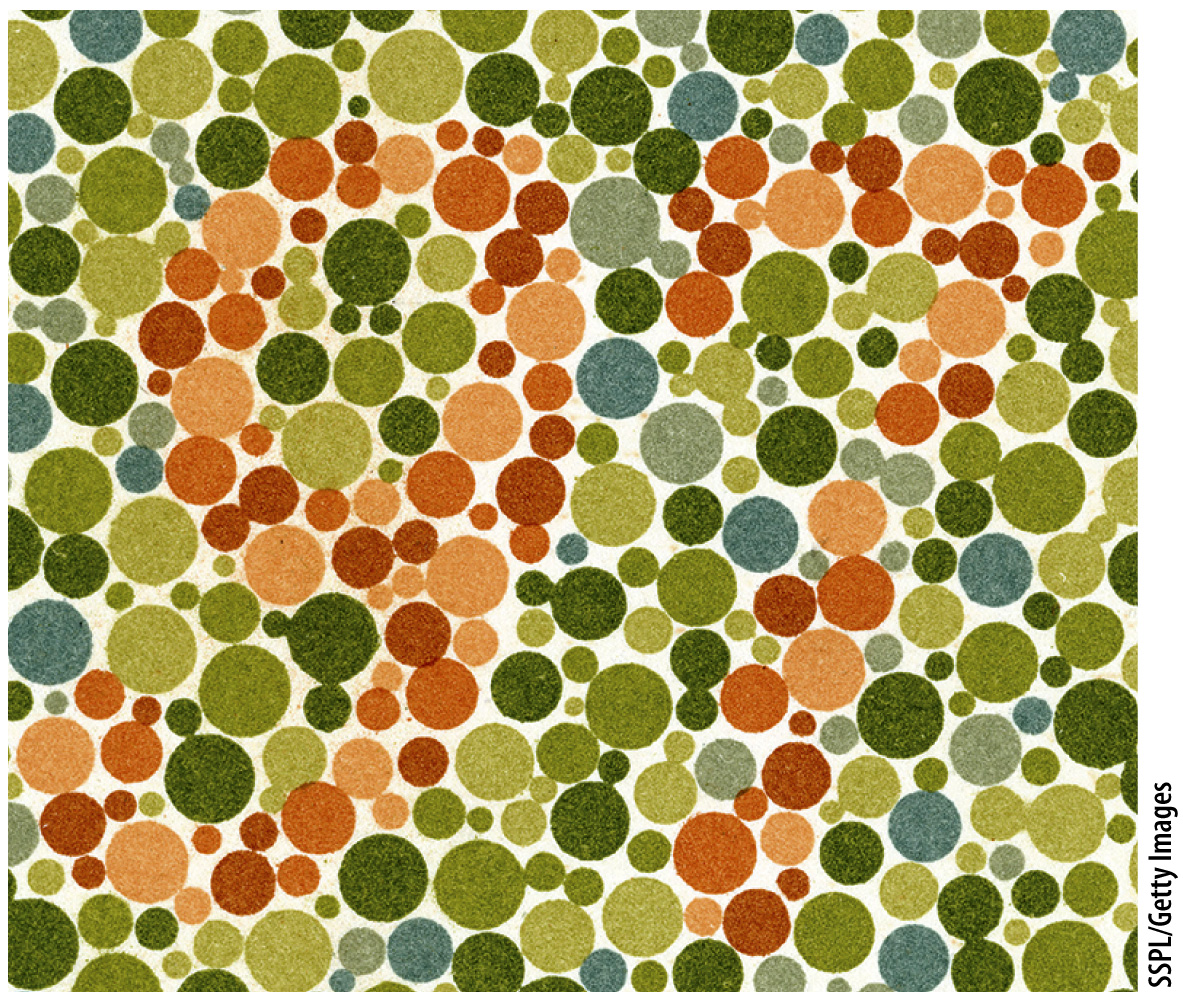Chapter 17 Introduction
CHAPTER 17
Inheritance of Sex Chromosomes, Linked Genes, and Organelles

Core Concepts
- Many organisms have a distinctive pair of chromosomes, often called the X and Y chromosomes, that differ between the sexes and show different patterns of inheritance in pedigrees from other chromosomes.
- X-linked genes, which show a crisscross inheritance pattern, provided the first evidence that genes are present in chromosomes.
- In genetic linkage, two genes are sufficiently close together in the same chromosome that the particular combination of alleles present in the chromosome tends to remain together in inheritance.
- Most Y-linked genes are passed from father to son.
- Mitochondria and chloroplast DNA follow their own inheritance pattern.
Mendel’s principles of segregation and independent assortment are the foundation of transmission genetics (Chapter 16). For traits such as pea color and seed shape that are encoded by single genes and display simple dominance, these principles predict simple phenotypic ratios in the progeny from self-
However, we also saw in Chapter 16 that not all crosses are as simple as those for Mendel’s pea plants. For example, the 3:1 phenotypic ratio in progeny of self-
This chapter highlights additional patterns of inheritance that Mendel did not observe owing to his choice of experimental organism and the traits he studied. None of these patterns undermines or invalidates his insight that alternative alleles of a gene can have different effects on the expression of a phenotype. Nor do they contradict later discoveries that genes in the nucleus are present in homologous chromosomes that pair and segregate in meiosis. Since Mendel’s time, researchers have observed many inheritance patterns that seem to defy one or both of Mendel’s laws. What such examples reveal is that the location of a gene is as important to our predictions about the inheritance of a trait as whether its alleles are dominant or recessive.
In this chapter, we discuss how genes carried in the sex chromosomes are transmitted differently in males and in females and how genes close to each other in the same chromosome do not undergo independent assortment and therefore violate Mendel’s second law. Genes located in the genomes of mitochondria and chloroplast appear to defy Mendel’s laws altogether since the organelles are inherited differently from the way chromosomes are inherited. Such unique patterns of inheritance expand the types of ratios and predictions we saw in Chapter 16 and draw our attention to the location and organization of genes—